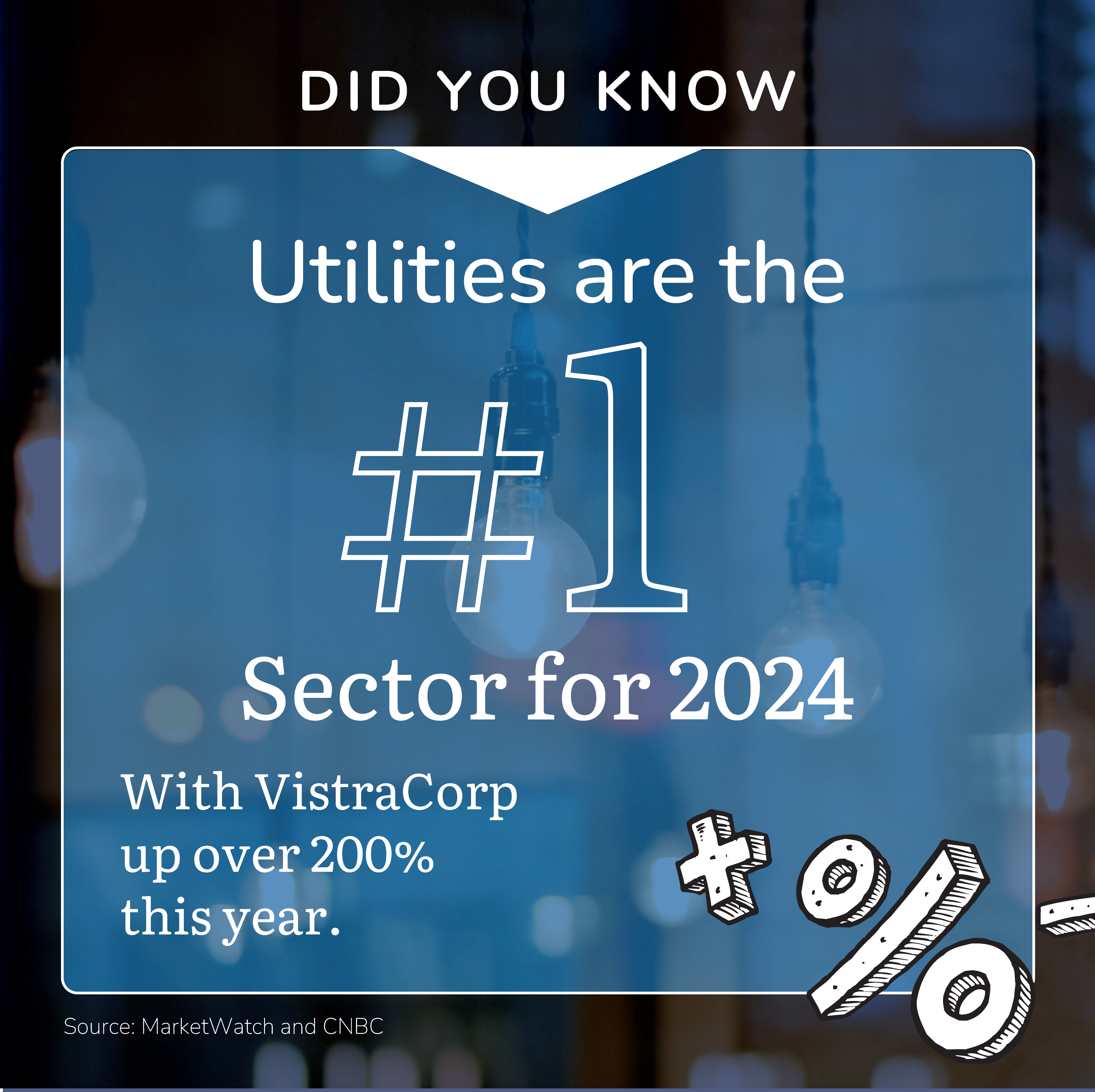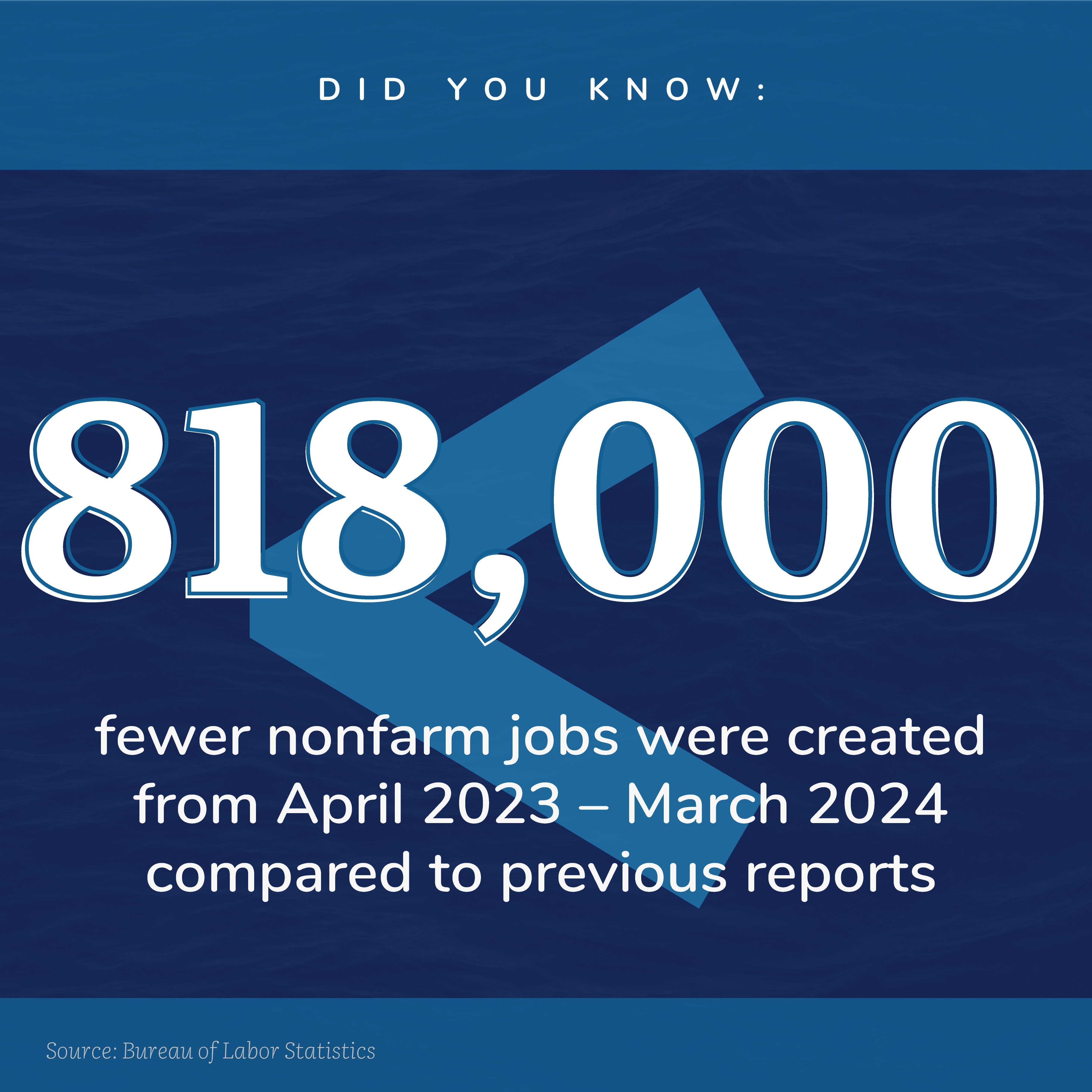Net, Net, Net: Expenses, Taxes and Inflation Can Eat Your Nest Egg – What To Do?

The following is an excerpt from Hello Harold, a book by Harold Evensky – click here for a free hard copy!
—
As dangerous as it is to simply extrapolate past returns into future expectations, an even bigger mistake is planning a financial future based on nominal gross returns, forgetting about how large bite expenses, taxes, and inflation will take from the bottom line. Ultimately, all you truly have to spend is net-net-net returns—the amount left over after those three bullies have taken their share.
Bob: Hello, Harold.
Harold Evensky: Bob, how are you doing? How was the cruise?
B: It was terrific—pure decadence. We’ve already planned the next one. I had lots of time on the cruise and I’ve been thinking about our last conversation. I’ve decided that what you said seems pretty obviously true.
HE: What is? I’m eager to hear it because lately, it seems like nothing is obvious about investing.
B: That when I make investment decisions, I should be looking to the future, not to what happened yesterday.
HE: That’s right, Bob. You’ve recognized one of the fundamental concepts of good investing. Planning your future through a rearview mirror is just as dangerous as using one to drive down a highway.
B: But now I have a problem. I like the idea of looking into the future, but I don’t have a crystal ball, so I’m wondering if you’ve reached any conclusions regarding what to do in a world with lower returns.
HE: As I mentioned, I was feeling a little queasy myself when I started looking over the horizon and concluded that future returns are likely to be lower than we’ve seen in the past. As promised, while you were being spoiled on your cruise, I spent quite a bit of time thinking hard about what to do. In fact, I treated the question as if it were an engineering project. Engineering was my formal education—long, long ago.
B: So your engineering training came with a crystal ball?
HE: I dearly wish it had. For the last couple of weeks, I’ve been crunching numbers and running simulations. I actually put my thoughts and analysis into a paper that will be published in a professional journal. The title is “Changing Equity Premium Implications for Wealth Management Portfolio Design and Implementation.” What do you think?
B: Very catchy. But I don’t want to read an academic paper, especially not one with that title. I want to know what I should do.
HE: You’re right. This isn’t an academic exercise. We’re talking about the quality of your life. But the answer actually isn’t that complicated. We start with the idea that the markets aren’t going to be handing out 12 percent-plus average yearly returns, even though this is what investors have come to expect from the stock market. I believe that future stock returns are likely to be closer to 7½ percent and bonds about 3½ percent.
B: I’m with you so far, Harold. But be careful about throwing a lot of mathematics at me.
HE: So the question is: what will happen to your portfolio if you get lower returns in the future, right?
B: Right.
HE: Let’s suppose a hypothetical investor is a little more adventurous than you are. He has 60 percent of his retirement money in stocks and 40 percent in bonds.
B: And he probably skydives on the weekend.
HE: Then we look at all the expenses. We take off a percent for the expense of managing the portfolio and assume an average tax rate of 20 percent because the money is being managed carefully since lots of the gain would be long-term capital gains, often deferred for many years.
B: Are those actual costs?
HE: They’re actually lower than what a lot of people pay, but they’re about right for somebody like you and the way we do things.
B: So what does that tell you?
HE: A simple math calculation shows that this brave investor might expect returns, after taxes and expenses, of around 5.9 percent a year. That’s compared to more than twice that return for the prior five years.
B: Harold, those numbers are not as good as what I was hoping for when we talked about upping my stock exposure. You’re basically assuming less than half the returns we’ve been getting. But I guess that’s still better than zero returns or losing money.
HE: I agree. They’re not great, but not catastrophic either. I wish that were the only bad news. But planner that I am, I realized I’d left out one major factor—inflation.
B: Okay. So what difference does inflation make?
HE: My last step was to calculate how much an investor could really count on. For all of us, that’s what’s left after paying expenses, Uncle Sam, and covering inflation—what I call net-net-net.
B: You sound depressed.
HE: The result almost put me in the hospital. It was only 2.9 percent!
B: Hold on a minute. You assume that returns on stocks drop from 14 percent to 7½ percent, but what I get to keep from my portfolio goes down 70 percent? Are you sure you weren’t snoozing during the math classes when you studied engineering?
HE: No, I’m afraid my calculations aren’t the problem. The problem is that in a low-return environment, returns go down, but expenses don’t. So they start to represent a much bigger bite of total returns. An even bigger problem in a low-return environment is inflation. Although taxes are proportionate, inflation takes an even bigger bite, as it subsumes all returns, including the portion devoted to taxes and expenses.
B: So what do you do about that?
HE: You may not be able to control markets, but you can control taxes and expenses. So here’s what I think we have to do: use an institutional portfolio design strategy known as core and satellite.
B: What’s that? Investing in space travel?
HE: It just means you put most of your core stock investments into low-cost, tax-efficient index funds and ETFs that don’t try to beat the market, which gets you market returns but at a very low cost. Our target is 80 percent of your stock investments in core investments.
B: I didn’t know there were investments like that.
HE: There are quite a few. For example, the iShare S&P 500 has an annual cost of less than one-tenth of 1 percent compared to the average for a core, domestic, actively managed fund of 1½ percent plus. And because turnover is minimal, the fund is very tax efficient. In addition, ETFs, due to their design, may also provide additional tax benefits not available to mutual funds.
B: Are you trimming any other expenses?
HE: Since you’re not trying to beat the market with your core investments, you don’t have to do a lot of trading from one fund to another, which will keep transaction costs down as well as taxes. And if you believe that some active managers are capable of beating the market averages, which I do, you can concentrate all your active bets into the 20 percent of your stock investments allocated to a small number of actively managed funds. That’s the portion of the portfolio I call the satellite.
B: Is there a bottom line to this?
HE: That’s the really exciting part. I figure that by effectively managing taxes and investment expenses, you could save about ½ percent a year.
B: What?
HE: Check your e-mail; I just sent you a simple table showing how this all works out. It’s actually beautiful.
B: So let me get this straight: the goal is to reduce my taxes and expenses by 1/2 percent a year?
HE: Yes. Are you as excited as I am?
B: I don’t know how to tell you this, Harold, but that doesn’t sound like much to me.
HE: If portfolios were churning out 14 percent a year, it wouldn’t be much. But when we’re talking about 2.9 percent a year, net-net-net, saving 1/2 percent by managing taxes and expenses for your portfolio means a 17 percent increase.
B: But what if you’re wrong? What if the past twenty years are the way returns are going to be for the next twenty? [See Chapter 12, “Pascal’s Wager,” for help in answering this question.]
HE: That’s a reasonable question. But it’s important not to get caught up in probabilities, but to consider consequences as well. Based on today’s valuations, I think the probability of lower returns is on my side. But if I’m wrong—and there is always that chance—then my strategy may reduce overall returns by maybe a percent, which is not a catastrophe if returns actually turn out to be high.
B: So, Harold—
HE: However, if I’m correct and we don’t focus on managing taxes and expenses, your net-net-net return is almost 20 percent lower. In retirement planning, that can make the difference between steak and cat food.
B: Harold—
HE: Basically, in this new environment, you need to chase tax and expense savings, not hot managers.
B: Harold?
HE: What.
B: Can we talk about my portfolio now?
HE: Of course. In fact, that’s what we are talking about.
B: I’m starting to think that stocks may be riskier than I thought. You don’t think there’s a chance they could go down in value, do you?
HE: You mean, like, ever?
B: Yes.
HE: One of the few guarantees I’m prepared to make is that they will certainly go down in value at some point in the future, and some of those drops are going to be dramatic and scary. If I’m right, we may see more of them in the future than we have in the past.
B: So I should keep my money in CDs, right? Or do you think I should be more conservative than that?
HE: We’ve talked about confusing certainty with safety (see Chapter 18), and your response is a good example of it. I need to rerun your retirement projections in light of these more realistic numbers. When I do, it’s possible I may conclude that with these lower return assumptions, you’ll need more money in stocks, not less.
B: I don’t follow you.
HE: With the returns you earned in the past, even that small allocation to stock was generating enough return to push your net worth up enough each year to keep you on track to meet your goals. But now you may need to take a little more market risk to get that same return.
B: I’m feeling queasy.
HE: Don’t worry. It happens to all of us. But I’ll be here to calm your nerves along the way.
For more insights, click here for a free hard copy of Hello Harold.
Categories
Recent Insights
-

Before the Ballots: The Strategic Advantage of a SLAT During an Election Year
With less than 70 days until election day, the future of both the White House and the Senate hangs in the balance. Regardless of who wins, the ongoing challenges of rising federal deficits, unprecedented spending, and lower tax revenues could pave the way for higher taxes in the future. The estate tax exemption, which primarily…
-

Talk Your Chart | Fed Rate Cuts, Weak Recession Signals, and a Bull Market in Slow Motion| Episode 61
In Episode 61 of Talk Your Chart, Brett and Marcos explore the latest on the Dogs of the Dow, Utilities’ surprising rise, and Constellation Energy’s nuclear power dominance. Dive into the current bull market, Fed rate cuts, inflation signals, and why recession indicators remain weak.
-

Talk Your Chart | Monopolies, Markets, and Missteps: What’s Really Driving Prices? | Episode 60
In Episode 60 of Talk Your Chart, Brett and Marcos dive into the economics of price gouging, the role of monopolies, and whether price caps could be the answer to rising costs. They also explore recent nonfarm job data, capex spending by the Magnificent 7, and recovering consumer sentiment. Join the conversation on what’s shaping…
-

Understanding Form 5500: A Guide for Business Owners
When it comes to managing your company’s retirement plan, one of the most important responsibilities is filing Form 5500. This form is crucial for maintaining compliance and protecting both your business and your employees. Let’s break down what Form 5500 is, why it matters, and share some practical advice on what to do if you’ve…

